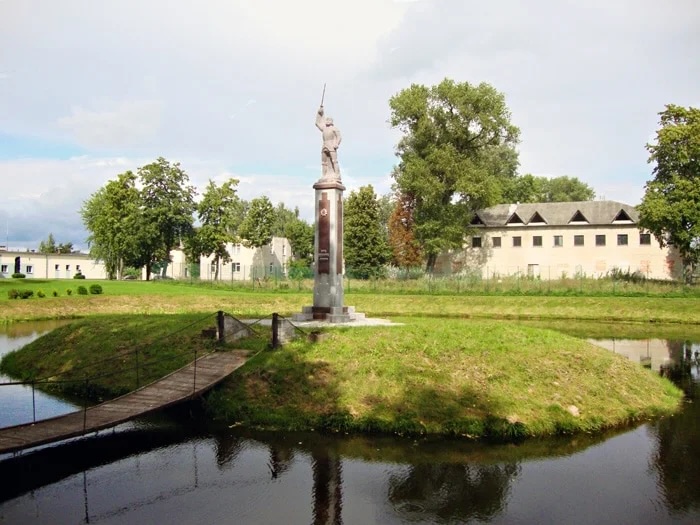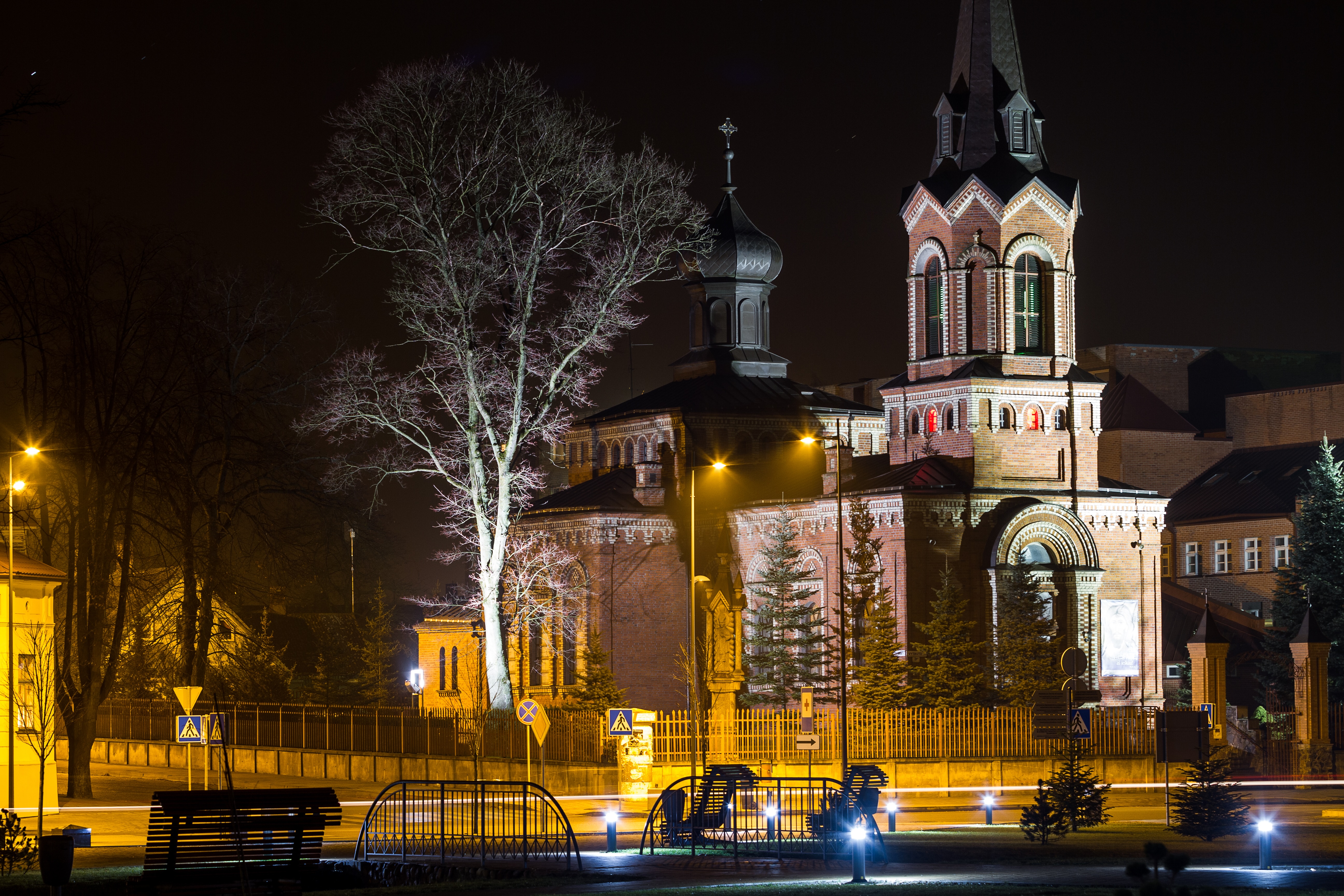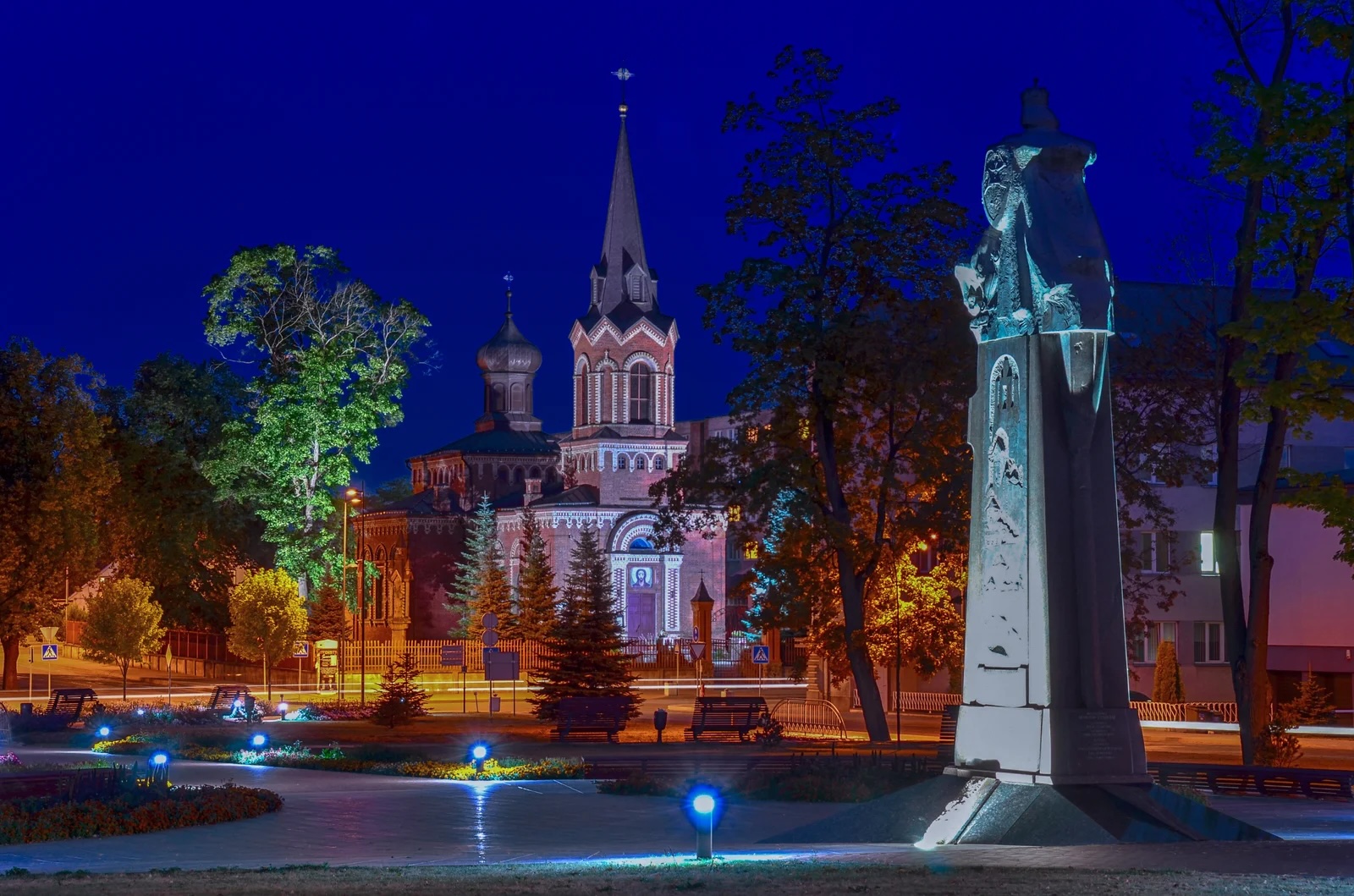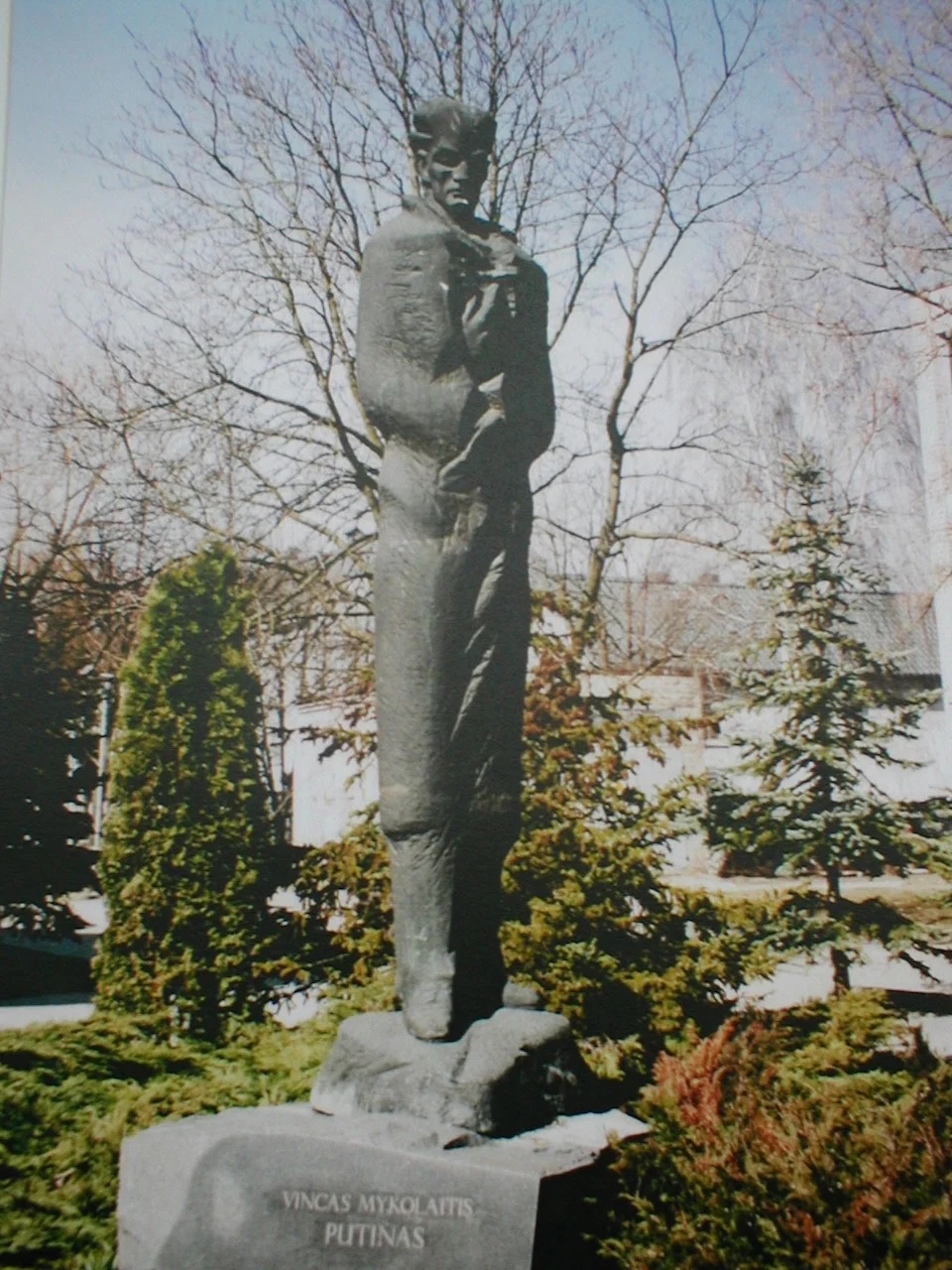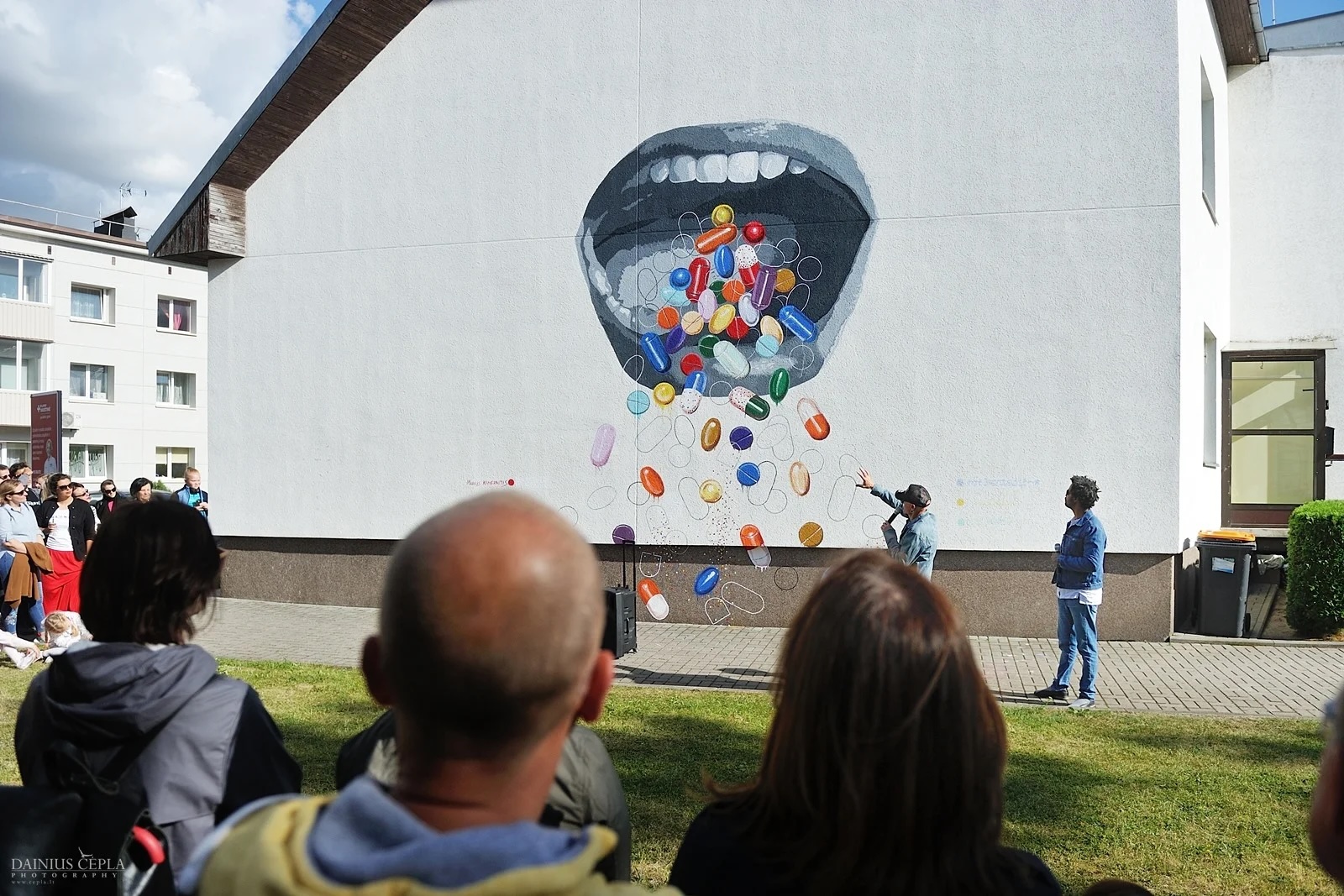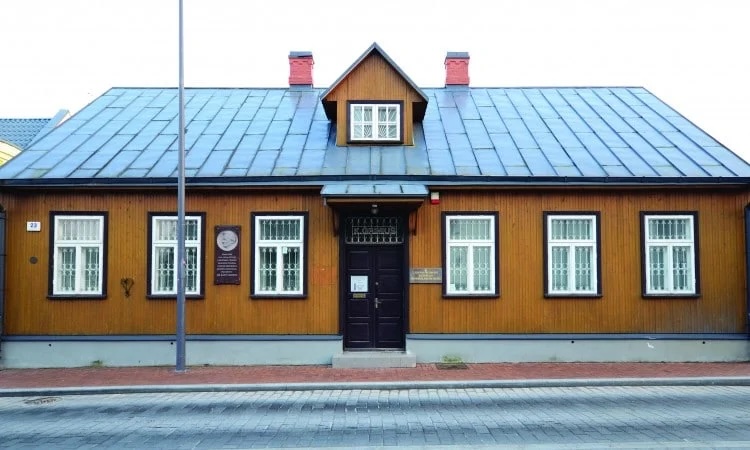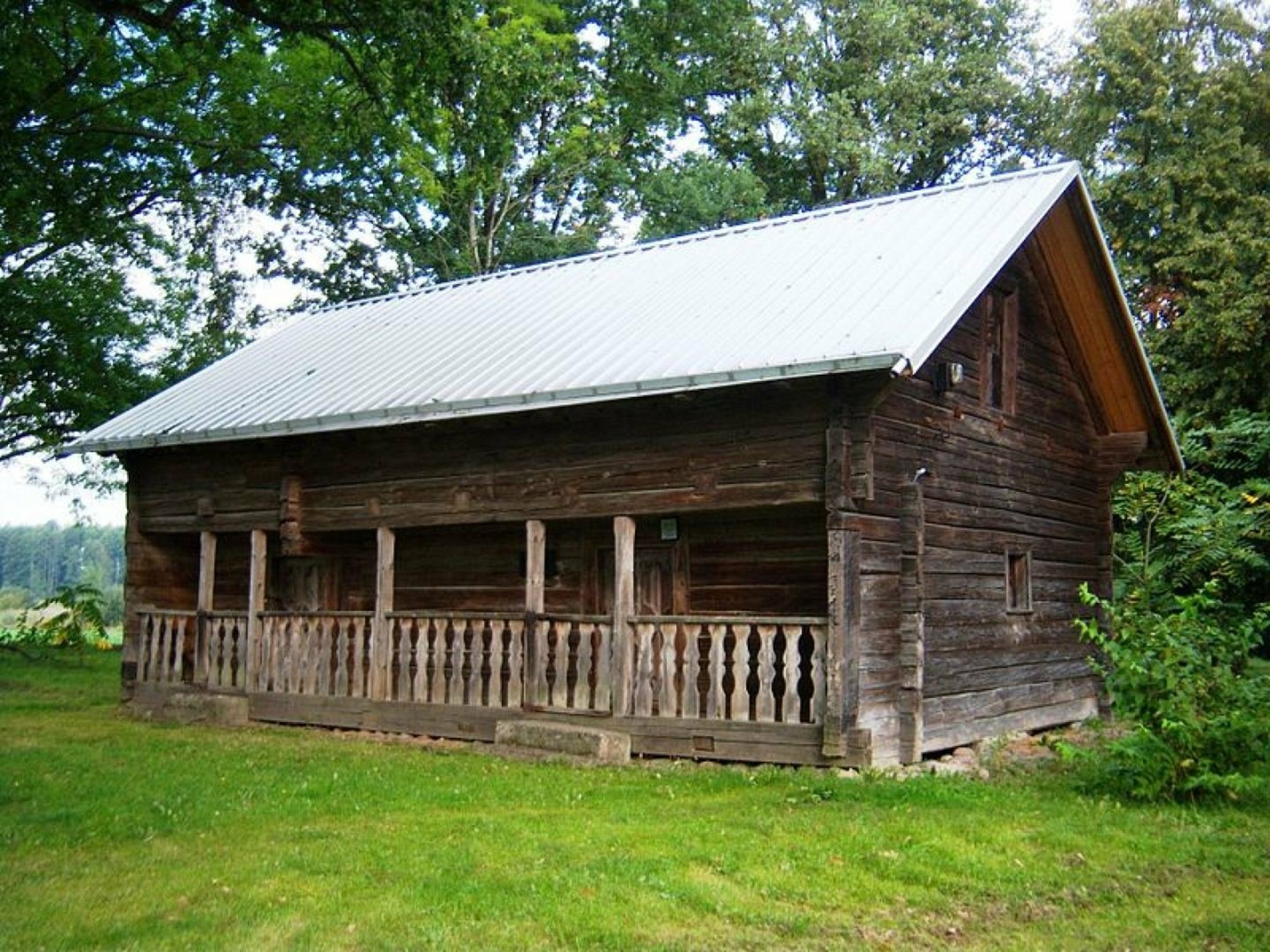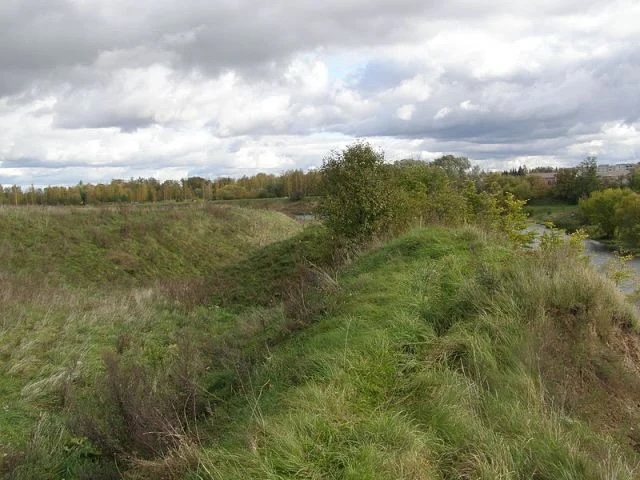Meškučiai Hillfort

185

0

0
In archaeological literature, this hillfort is more commonly referred to as Meškučiai Hillfort, and occasionally as Marijampolė Hillfort. Previously, it was located on the southern edge of the Tarpučiai village lands, but now it is separated from the Meškučiai area by Pabaigai and Ungurinė (Marijampolė eldership). In the Cultural Heritage Register, it is known as Meškučiai Hillfort, although the exact location is not precisely specified. Currently, the hillfort is part of the Marijampolė city area.
Info
-

Mounds
-
Marijampolė
-
Whats new?
Nearby attractions
Nearest museums

 Entertainment
Entertainment
 Food establishments
Food establishments





























 54.547326, 23.331996
54.547326, 23.331996
 Get directions
Get directions








